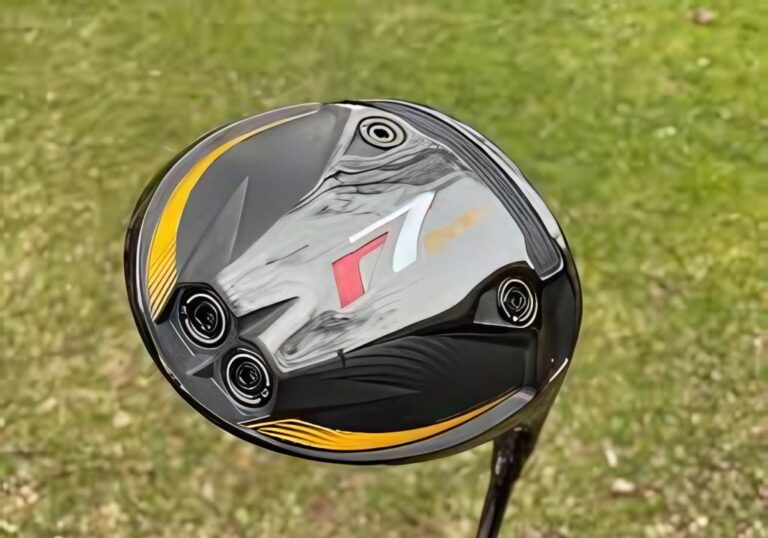Have you ever wondered what all those markings on your driver’s hosel actually mean? Or why your fitter tweaks loft and lie angles to optimise your ball flight? Adjustable hosels are one of modern golf’s best tools for fine-tuning performance, but they can feel confusing if you do not know where to start.
In this guide, we will break down what driver adjustability is, how it works, and how to use it for each major brand so you can make the most of your equipment.
What Does Driver Adjustability Do?
At its core, an adjustable hosel lets you change:
- Loft: Increasing or decreasing loft changes launch angle and spin rate. More loft typically launches the ball higher with more spin, while less loft creates a lower, penetrating ball flight.
- Lie Angle: Adjusting lie angle slightly influences face angle. Upright settings often promote a draw or reduce a slice, while flatter settings can help prevent hooks.
- Face Angle (indirectly): Adjustments can change how the face sits at address, affecting your ball’s starting direction.
Adjustability allows you to fine-tune your driver to match your swing tendencies and desired shot shape. Let’s look at how each major brand’s system works.
Titleist SureFit Hosel
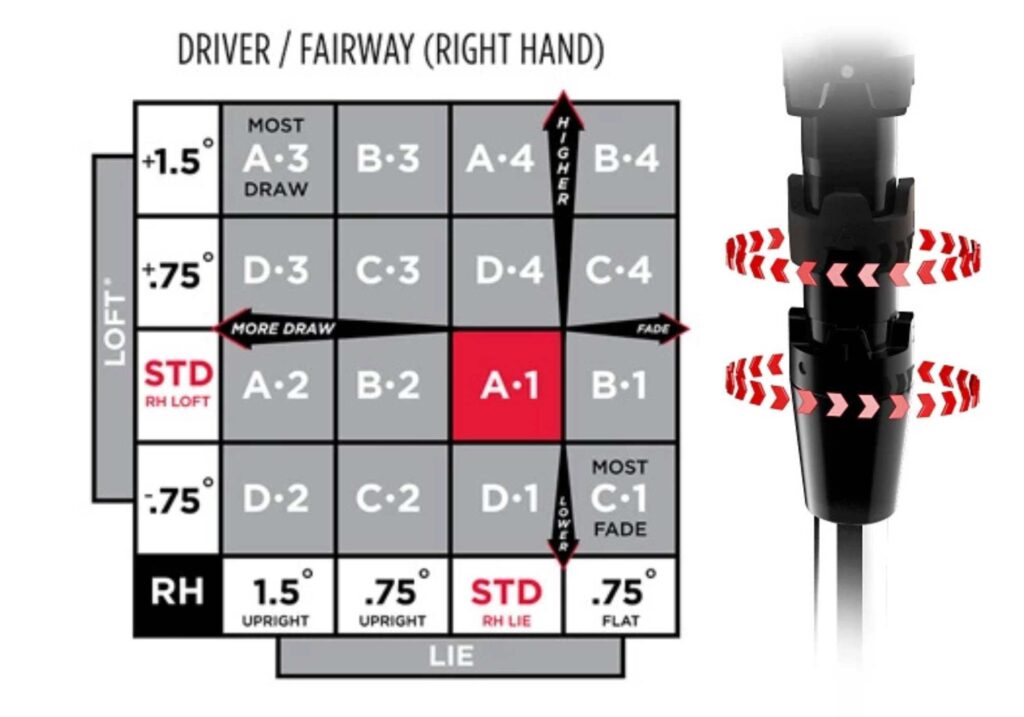
How it works: Titleist uses a dual-ring system with 16 settings. The top ring (letter) and fixed bottom ring (number) can be adjusted independently to change loft and lie.
- Loft: Adjust in 0.75-degree increments up or down.
- Lie: Can be made more upright or flatter depending on combination.
For example, A1 is standard. Moving to D4 would significantly increase loft and make the club more upright, ideal for those fighting a slice and needing higher launch.
Quick Tip:
Start with your standard setting. If you’re slicing, try a more upright setting. If you need higher launch, increase loft; for lower launch, decrease loft.
TaylorMade Loft Sleeve
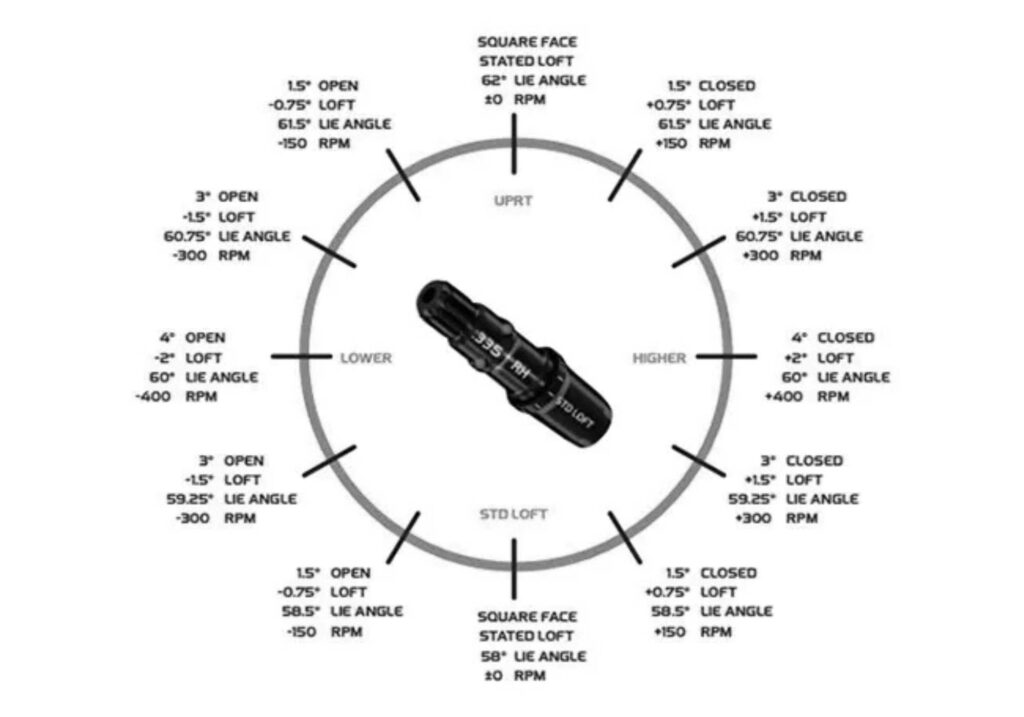
TaylorMade Adjustability Guide
How it works: TaylorMade’s Loft Sleeve offers 12 settings to adjust loft up to +2 or down to -2 degrees from stated loft. Face angle changes roughly 4 degrees open or closed depending on adjustment.
- Increasing loft also closes the face slightly.
- Decreasing loft opens the face slightly.
Quick Tip:
If your drives start right (slice), increasing loft can help both launch and directional control. Adjust in small increments to see what delivers the best ball flight.
Callaway OptiFit Hosel
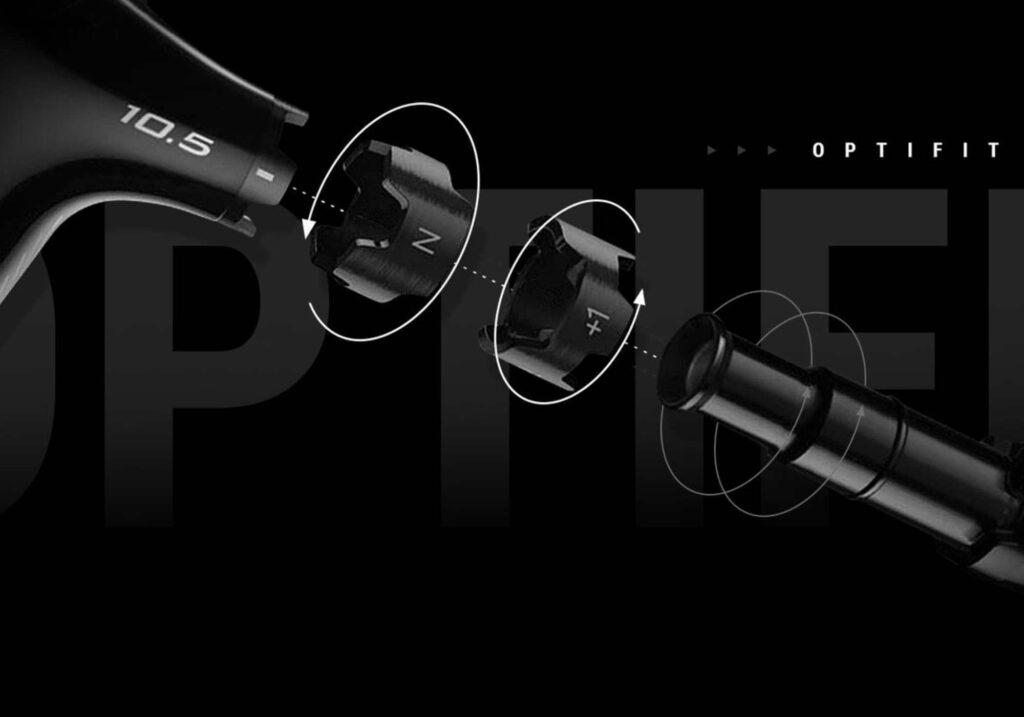
How it works: Callaway’s system has two cogs that rotate independently for 8 possible settings.
- Upper Cog: Controls loft (+2, +1, -1 degrees).
- Lower Cog: Controls lie angle (D = draw setting for upright, N = neutral).
For example, setting +2/D would add 2 degrees of loft and set the club upright to promote a draw with higher launch.
Quick Tip:
Use the D setting if you struggle with slicing. Combine it with loft adjustments to dial in your launch window.
COBRA MyFly & FF33 Adjustability
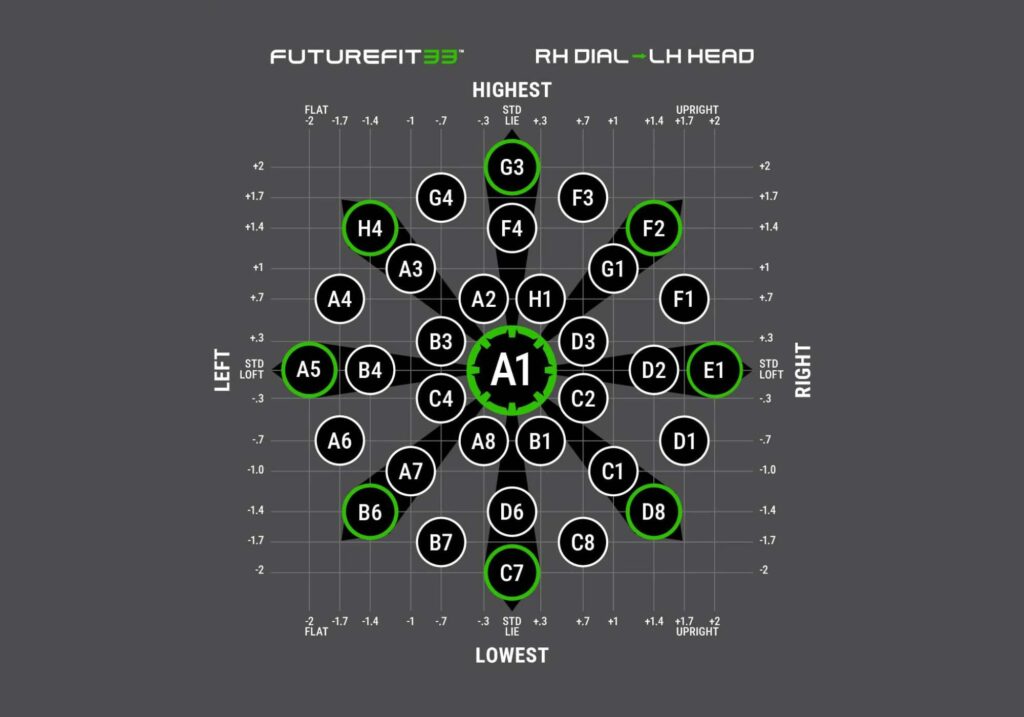
COBRA Adjustability Guide | FF33 FutureFit33
How it works: COBRA’s adjustability has taken a big leap forward with the introduction of FF33 (FutureFit33), providing golfers with 33 distinct settings. This system expands upon their traditional MyFly hosel to allow even more precise tuning for:
- Loft: Adjustable up or down in smaller incremental steps to fine-tune launch.
- Face Angle: Adjustments influence face angle for directional control.
- Lie Angle: Includes options to make the club more upright or flatter, further helping with shot shape bias.
What Makes FF33 Different?
Unlike the older MyFly with 8 settings, FF33 integrates micro-adjustments that give fitters and golfers unparalleled control. Whether you need a slight change in face angle to square up your drives or want to optimize launch and spin without altering your swing, FF33’s precise steps let you dial in your ideal performance.
Quick Tip:
Start by identifying your main need: higher launch, lower launch, draw correction, or fade correction. Then adjust in small increments rather than making big jumps, testing each change on the range or with a launch monitor to confirm results. For example, a slightly more upright lie with an added degree of loft can often straighten out a fade or slice while increasing carry distance.
PING Trajectory Tuning
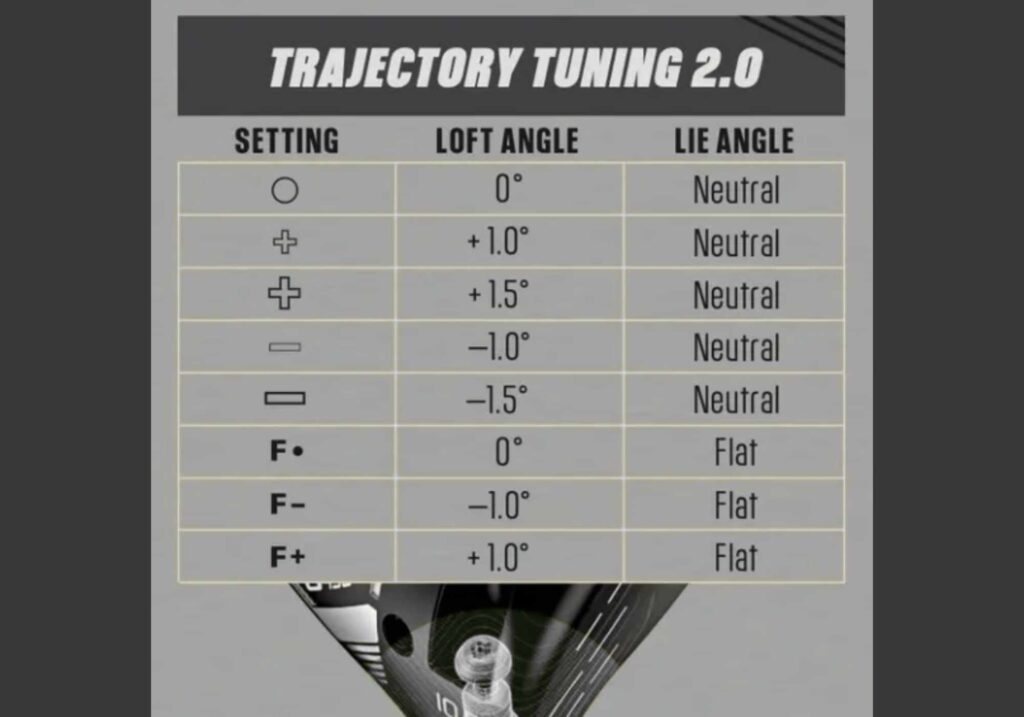
How it works: PING uses their Trajectory Tuning hosel with five settings.
- Adjust loft by ±1.5 degrees.
- Lie angle changes slightly with loft, affecting face angle minimally.
PING settings are intentionally simple, offering easy tuning without overwhelming options.
Quick Tip:
If you need more carry distance, try increasing loft. For windy conditions or high spin rates, lower loft can help keep drives under control.
PXG Adjustable Hosel
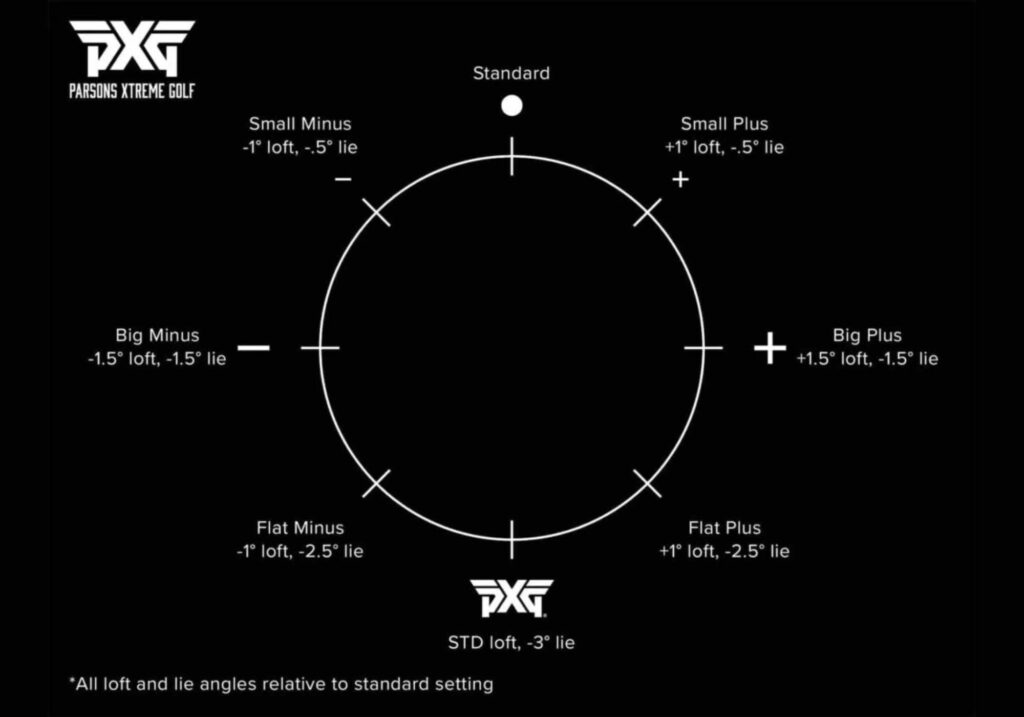
How it works: PXG offers ±1.5 degrees of loft adjustability.
- Increasing loft also makes the face slightly closed.
- Decreasing loft opens the face slightly.
Quick Tip:
Adjust in small increments to avoid drastic ball flight changes. Combine hosel adjustments with PXG’s movable weight system if your model includes it for even more fine-tuning.
Mizuno Quick Switch Hosel
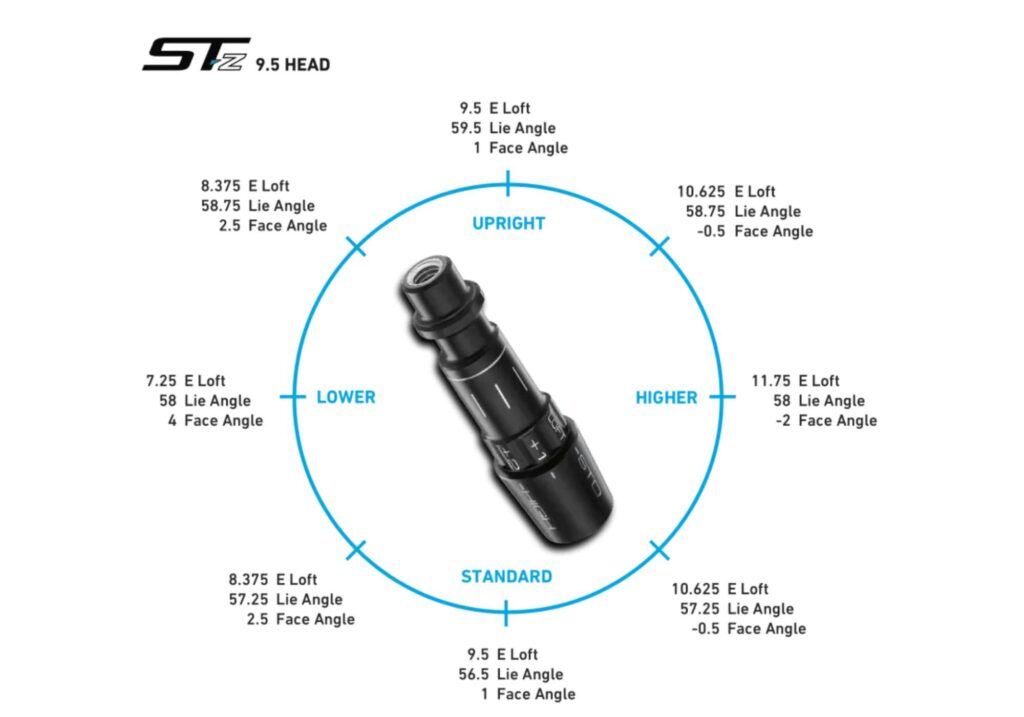
How it works: Mizuno’s Quick Switch hosel allows ±2 degrees of loft change in four settings.
- Increasing loft closes the face.
- Decreasing loft opens the face.
Quick Tip:
Use loft adjustments to optimize your launch window first. Then assess directional tendencies and adjust accordingly.
Srixon Adjustable Sleeve
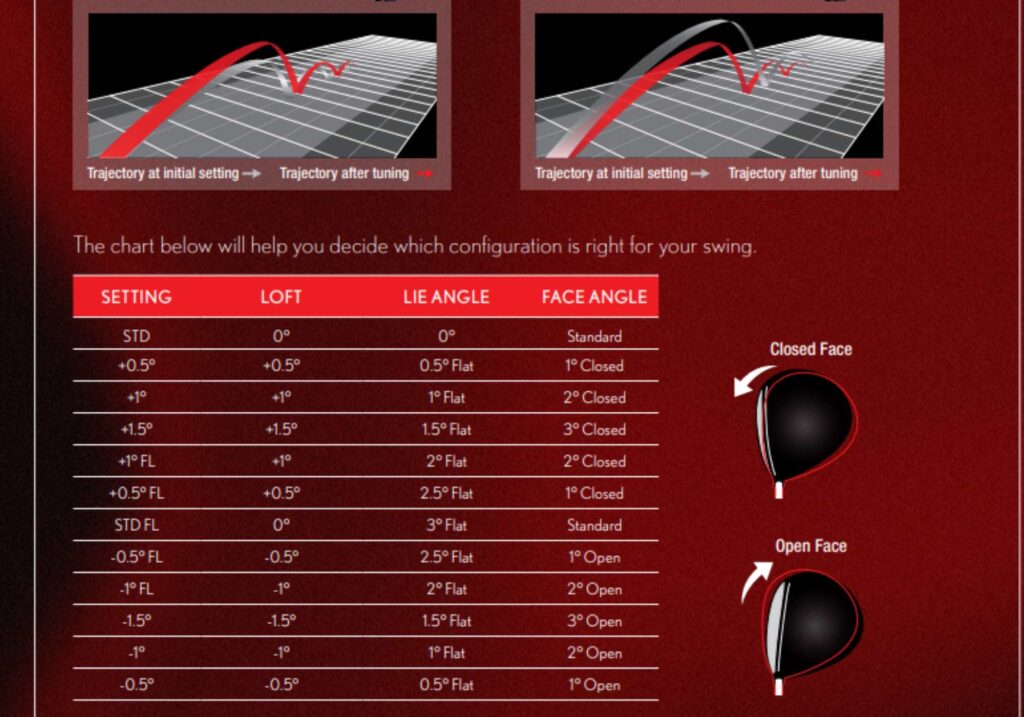
How it works: Srixon drivers offer ±1 degree of loft and lie adjustments in 12 settings, altering face angle slightly with each change.
Quick Tip:
If you hit pulls or hooks, try a flatter lie setting. For slices, a more upright lie combined with higher loft can straighten your ball flight.
Wilson Dynapower Adjustability
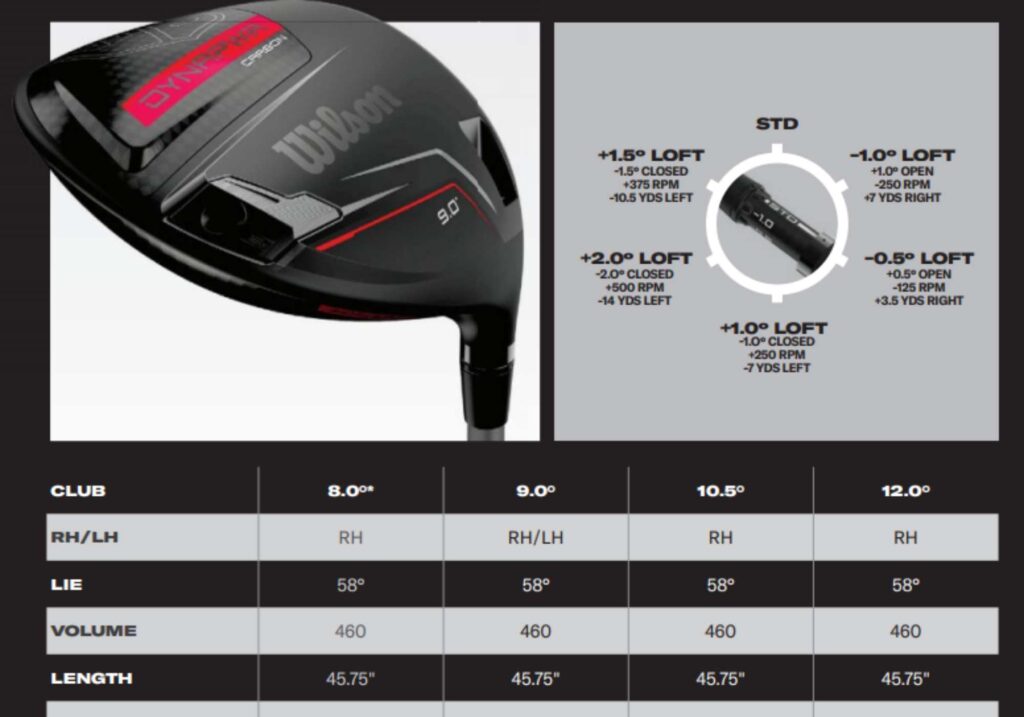
How it works: Wilson’s hosel offers 6 settings adjusting loft ±1 degree and lie angle for draw or neutral bias.
Quick Tip:
The draw setting can be particularly useful for golfers fighting a slice. Combine with loft changes for optimised results.
Final Thoughts: Adjustability is Your Friend
Adjustable hosels are not just for fitters on Tour vans. They are there for you to make small, impactful tweaks to your driver’s performance. Always test changes on the range or with a launch monitor if available. Minor adjustments can lead to major improvements in your ball flight, accuracy, and confidence off the tee.
Have you adjusted your driver lately? Share your experiences in the comments below. What settings have helped you find more fairways and add yards to your drives?
